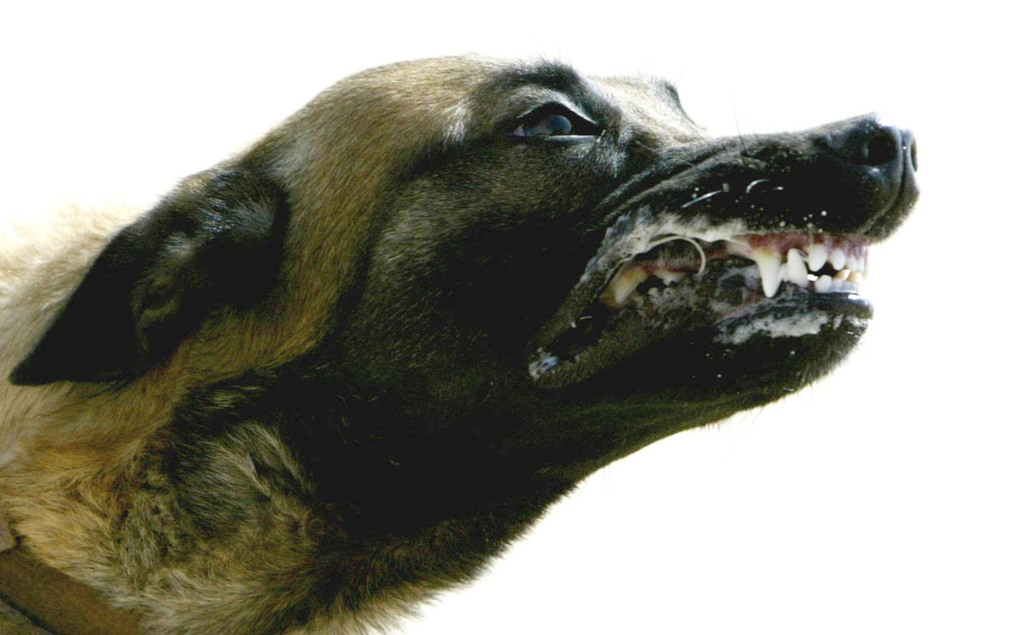KUWAIT – MARCH 5: British attack dog Xom, a Belgian Shepherd from the Royal Army Veterinary Corps, … [+]
While previous studies have established that human beings are more likely to commit crimes when the air is noxious and temperatures are higher, researchers have been beginning to investigate how environmental factors might influence animal behavior. And according to a recent Scientific Reports study, dog bites might take place around 11% more frequently than usual on hot and sunny days with high air pollution levels (fine particulate matter (PM2.5 and ozone pollution).
The team studied dog bite incidents that city animal control authorities had recorded in seven U.S. cities: New York City, Houston, Dallas, Baltimore, Baton Rouge, Chicago, and Louisville in Kentucky. Whereas they obtained data on dog bite incidents in Los Angeles that was collected by the Los Angeles County Department of Public Health and University of California, LA. The researchers also analyzed each city’s air pollution levels on days when dog bite incidents occurred.
They studied a total of 69,525 dog bite incidents that were reported from 2009 to 2019. An average of three dog bites occurred each day. On days with higher UV levels, the team observed that there were 11% higher dog bite incidents and 4% higher on days with higher temperatures. Whereas higher ozone pollution was linked to a 3% higher number of dog bites. But heavy rainfall reduced dog bites by 1%.
“Our results indicate that the daily incidence of dog bites is influenced by multiple environmental variables, including ozone, temperature, precipitation, and UV levels, but not PM2.5,” the researchers noted. “This is in line with prior studies on the impact of ozone on human aggression and studies on human aggression, UVB exposure, and temperature.”
“Ozone has a strong smell, is highly reactive and triggers oxidative stress in the airways and impairs pulmonary function. Due to its reactivity, ozone is not thought to penetrate beyond the membranes lining the respiratory tract and lungs, so behavioral effects may occur,” they further explained.
A major limitation of the study is that the actual number of dog bite incidents are a lot higher than what is reported in hospital data. This is because only a small percentage of dog bite related injuries require medical treatment or hospitalization in the U.S. Also, public records of dog bites do not include adequate information about dog bites’ severity, the victim’s age, gender, or what caused the incident to take place.
“Our results are therefore likely indicative of more severe dog bite incidents. According to prior studies, most dog bites arise from a dog known to the victim, and most bites are related to interacting or attempting to interact with the dog,” they said. “During COVID-19 lockdowns, air pollution decreased, but pediatric emergency department visits for dog bites increased. This suggests that other factors, such as forced proximity, may be a larger determinant in dog-on-human aggression.”
“According to the American Veterinary Medicine Association, dogs bite primarily as a reaction to something, such as stressful situations, a scare, startle, or threat, or to protect food, toys or their puppies. Dogs might bite defensively or to be left alone,” they added. “In our analysis, it is unclear if dog behavior is directly altered by ozone and heat, or, if the observed increase in dog bites is a consequence of altered behavior imposed by the human victim and/or the dogs master, which in many cases are the same individual.”

